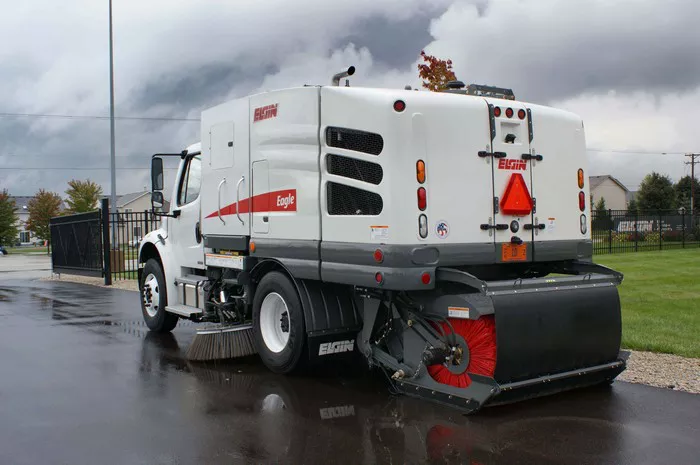In the hustle and bustle of urban environments, maintaining cleanliness and sanitation is paramount for the health, aesthetics, and functionality of cities. Among the arsenal of tools employed for this task, street cleaning machines stand out as indispensable assets. These machines are purpose-built vehicles designed to sweep, collect, and remove various types of debris from streets, sidewalks, and other paved surfaces. Their primary goal is to ensure that public areas are free from litter, dust, leaves, and other forms of detritus, thereby contributing to a cleaner, safer, and more pleasant urban environment.
Types of Street Cleaning Machines
Street cleaning machines come in various forms, each tailored to specific cleaning needs and operational environments. Among the most common types are mechanical broom sweepers, vacuum sweepers, and regenerative air sweepers. Mechanical broom sweepers utilize rotating brushes to sweep debris into a hopper for collection. Vacuum sweepers, on the other hand, rely on powerful suction to remove debris from the ground and deposit it into onboard containers. Regenerative air sweepers employ a combination of airflow and suction to lift debris off the pavement and into a hopper, minimizing dust and improving cleaning efficiency.
How They Work
The operational principles of street cleaning machines are rooted in their ability to efficiently collect and remove debris from paved surfaces. Mechanical broom sweepers feature rotating brushes that agitate and sweep debris into a centrally located hopper. Vacuum sweepers use high-powered suction to lift debris off the ground and into onboard containers, which are later emptied at designated disposal sites. Regenerative air sweepers harness airflow and suction to lift debris into a hopper while minimizing the dispersion of dust and particulate matter.
Features and Technologies
Modern street cleaning machines are equipped with an array of features and technologies aimed at enhancing their performance, efficiency, and environmental sustainability. Some models are fully electric, eliminating the need for fossil fuels and reducing carbon emissions. Water conservation systems are also common, utilizing recycled water or advanced filtration mechanisms to minimize water usage during the cleaning process. Additionally, noise reduction capabilities help mitigate the disruptive impact of street cleaning operations on urban residents and businesses.
Benefits and Impact
The use of street cleaning machines yields numerous environmental and social benefits, extending far beyond the mere aesthetic improvement of urban landscapes. By removing litter, dust, and other pollutants from streets and sidewalks, these machines help reduce the accumulation of harmful contaminants in the environment, thereby improving air and water quality. Moreover, clean public spaces foster a sense of pride and community among residents while attracting visitors and investment to urban areas.
Use Cases
Street cleaning machines find application in a wide range of settings, from municipal streets and highways to commercial districts, industrial facilities, and residential neighborhoods. In urban environments, they play a critical role in maintaining cleanliness and order, especially in densely populated areas with high pedestrian and vehicular traffic. Additionally, street cleaning machines are employed in industrial settings to remove debris and contaminants from manufacturing facilities, warehouses, and distribution centers, ensuring compliance with health and safety regulations.
Maintenance and Operation
Efficient operation and maintenance are essential for maximizing the lifespan and performance of street cleaning machines. Regular servicing and inspections are necessary to identify and address mechanical issues before they escalate into costly repairs. Furthermore, operators must receive comprehensive training to ensure safe and effective operation of the equipment, including proper handling of cleaning agents and adherence to established safety protocols. Routine cleaning and maintenance of machine components, such as brushes, filters, and suction nozzles, are also essential for optimal performance and longevity.
Market Trends
The street cleaning machine industry is experiencing steady growth driven by increasing urbanization, stringent environmental regulations, and growing awareness of the importance of maintaining clean and sanitary public spaces. Market trends indicate a rising demand for electric and hybrid models, driven by concerns over air quality and carbon emissions. Moreover, advancements in sensor technology, artificial intelligence, and automation are expected to further enhance the efficiency and effectiveness of street cleaning operations in the coming years. As cities continue to expand and evolve, the demand for innovative and sustainable solutions for urban sanitation and maintenance is likely to drive continued innovation and investment in the street cleaning machine market.

